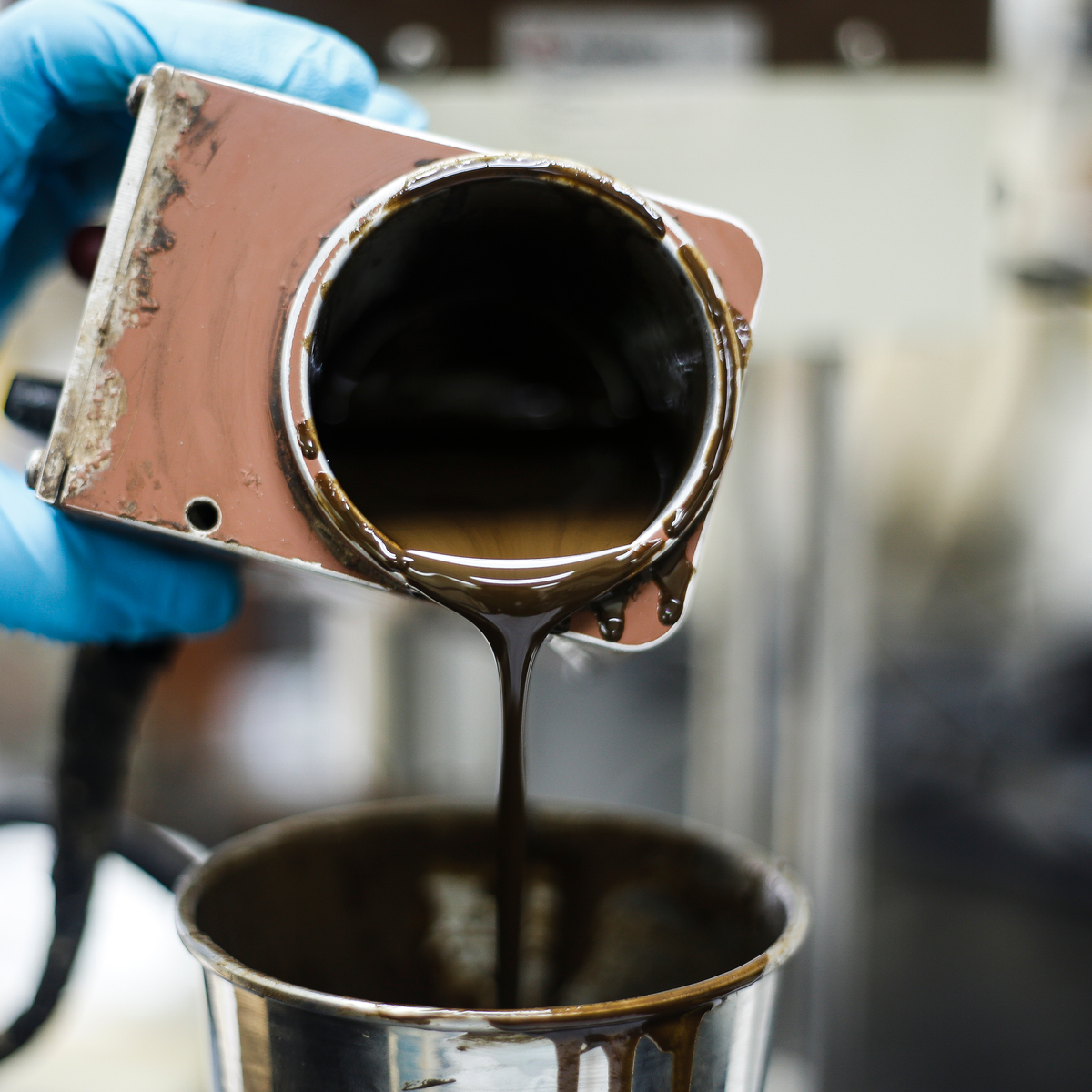
Fluid sampling can provide a wealth of knowledge about how a piece of equipment is operating. Just like when you go to the doctor and get a blood test, fluid sampling can give an overview of the machine’s general health. Fluid sampling can also give an early indication that a problem is forming, which can prevent future downtime. Sampling critical fluids on a regular basis helps to keep your facility operating efficiently.
Types of Fluid Sampling
The method used to sample a fluid will often impact the tests that can be performed on the fluid. Three of the main fluid sampling types are from a pressurized line, drop tube, or drain port. Some of these methods are better than others, but all can reveal important information.
Pressurized line sampling is typically considered the best way to sample fluid for analysis. Ideally, the tube that is sampled will draw the fluid up from a sump, but the sample will be taken before the fluid passes through a filter. If the fluid is filtered, a lot of the valuable information regarding the quality of the fluid will be lost. Because the sample is taken while the system is in operation (and without opening up the system), the sample is usually of very high quality and doesn’t further reduce the quality of the fluid.
For drop tube sampling, a tube is usually dropped into the fluid reservoir and a sample is vacuumed out. Typically, for safety reasons, the equipment must be turned off for this to occur. Because the machine is not operating, the sample won’t give as clear of a picture of the unit’s normal operation. The other big problem with drop tube sampling is that the system must be opened up, which can allow contaminants from the air to enter the fluid. Although drop tube sampling has limitations, it can be a great alternative if the equipment is not set up for pressurized line sampling.
Drain port sampling is the third common type of fluid sampling. Usually, the fluid is allowed to drain out of the drain port, and after about half of the fluid has drained, a collection vessel is used to collect a sample. The idea here is that this midstream sample will most closely resemble the true quality of the fluid being sampled. A lot of contaminants, including water and debris, tend to fall to the bottom of reservoir tanks. Because of this, drain port samples can often be misleading. This type of sampling only occurs when the fluid is being changed. Drain port sampling is useful if the other two types are not possible, but it is important to keep all of the limitations it presents in mind.
What Can You Learn?
So you’ve decided on a fluid sampling method and you’ve gotten your sample. Now what? Depending on the type of fluid that is being sampled, the tests can be a little different.
When oil is analyzed, the laboratory is typically looking for early signs of damage or wear, as well as signs of contaminants. Water, dirt, and other contaminants can degrade the oil’s ability to function as intended. Metal particles in the fluid are typically a sign that serious wear is occurring - and failure may be imminent! For fluids like coolants, a chemical balance may be performed to make sure that the fluid still has an effective chemistry. For fuels, the fluid sampling tests often assess the quality of the fuel, signs of any water or microbial growth, and other markers of contamination.
How Does it Help?
After analyzing your fluid samples, an expert can give you guidance on what the samples are telling you. Three of the biggest benefits that come out of fluid sampling are:
- Extended equipment life and reliability
- Extended lubricant life
- Reduced equipment downtime
Related: How Preventative Maintenance Can Save You Money
Fluid sampling helps to extend equipment life and reliability by ensuring that the machinery remains properly lubricated and helping to alert operators to problems early. By monitoring the fluid on a fixed schedule, the decision to clean or replace the fluid can be made based on the quality of the fluid itself, instead of just by a fixed amount of time. Unexpected shutdowns aren’t good for any facility. Proper fluid sampling can help prevent these by giving operators a much better idea of the condition and overall health of their equipment.
Fluid sampling can seem complicated, but it doesn’t have to be. Keep an eye on your critical machinery’s health by implementing a fluid sampling procedure today. The experts at Tate are here to help and ready to answer any of your questions.
